A common request in Teams meetings is that users want to turn of the selfview, so you only see the other participants in the meeting. This will now be possible with an update that allows users to remove their own video on the stage, but only for themselves – all other users will see their video. With this update Microsoft want to contribute to meeting fatigue as we are constantly processing our own video during calls. This feature is a request from Uservoice, currently with 5027 votes, and have also been announced on the Roadmap page [Feature ID 863709].
Information and pictures come from Message Center MC310349.
New feature will help to tackle various situations:
- No more overlaying of the me video box and other participant’s video or content
- Seeing yourself can bring stress for the brain having to process an extra load of information, not mentioning the distraction – you can avoid this by hiding your own video from your stage
- For meetings where you desire to have your video on, you will not have to compromise anymore between the meeting fatigue and being visually included
- Having video on helps create closer connections or can be even required in some meetings – by hiding your video, you can relax and still meet this requirement
- An indicator in the form of a cropped part of your own video image will never let you forget your video is on and avoid any undesired circumstances
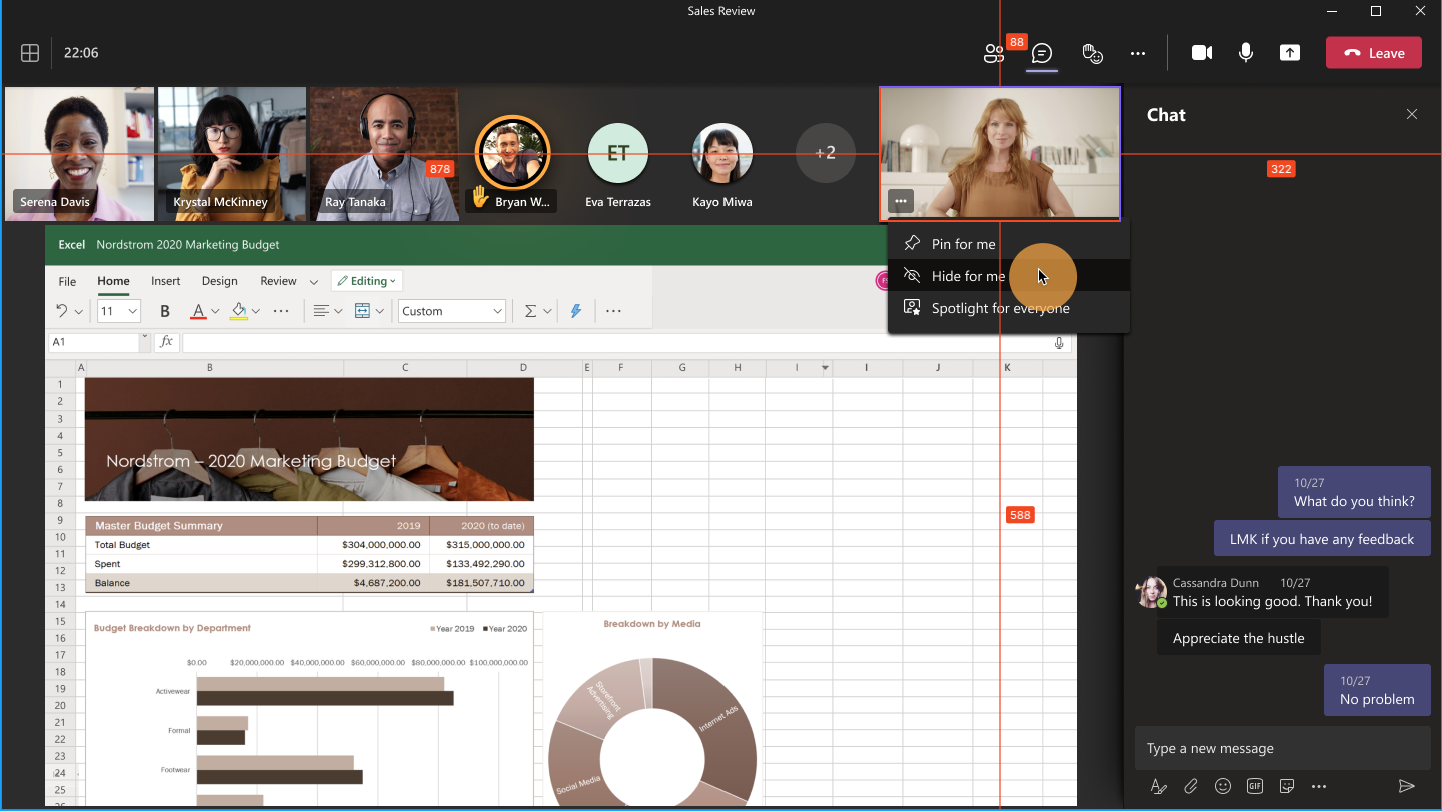
Video will not be completely hidden, you will still see a small part of it.
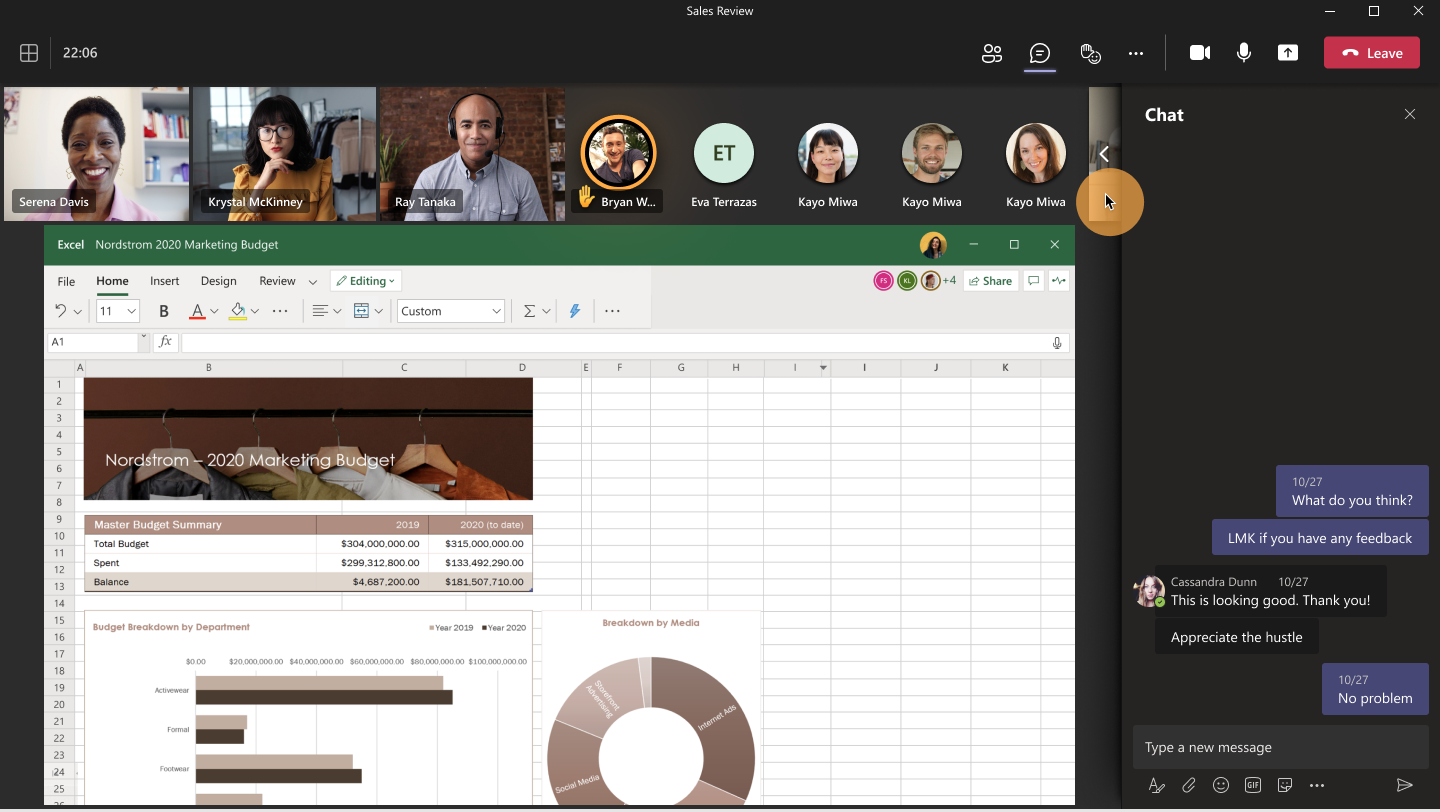
You can easily hide or unhide yourself when clicking on the menu next to your name in roster too.
Rollout
Standard: Microsoft will begin rolling this out in January and expect to complete rollout in early February.
GCC: Microsoft will begin rolling this out in late January and expect to complete rollout end of February.
GCC-H: Microsoft will begin rolling this out in mid-February and expect to complete rollout end of March.
DoD: Microsoft will begin rolling this out end of February and expect to complete rollout mid-March.

M365 Apps & Services MVP | Consultant work at Exobe, based in Göteborg, Sweden. Co-host of Teamspodden, co-organizer of Teamsdagen. Been working with Exchange, LCS, OCS, Lync, Skype, Teams and related stuff for a while. Mostly writing tips and news after getting questions from customers.
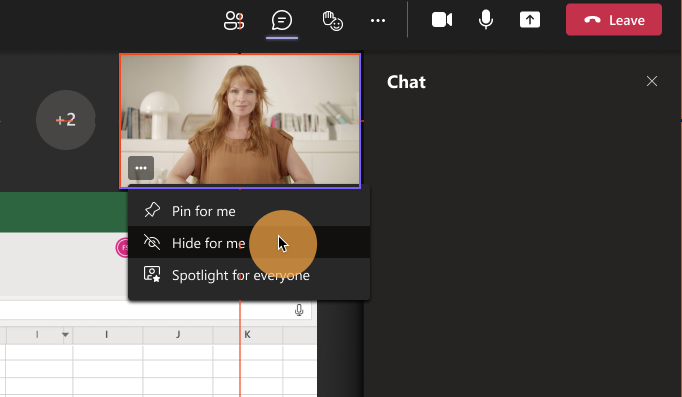
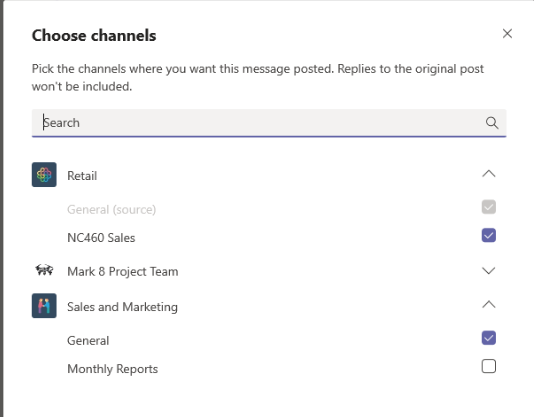
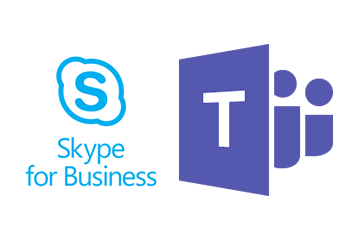

And it’s already broken.
Worked fine when it first came out, but for a few weeks now it resets to unhidden anytime the screen changes, such as when someone shares. I have to constantly re-hide. As it stands, it’s worse than it was before this feature.